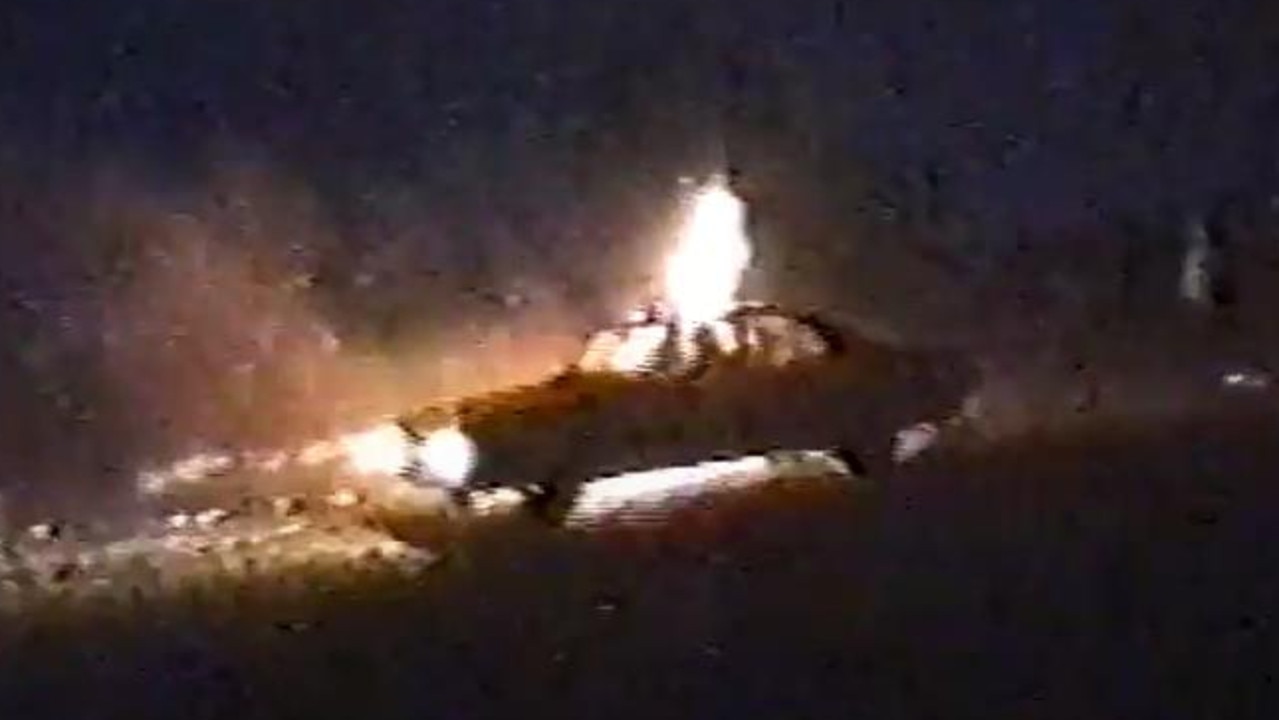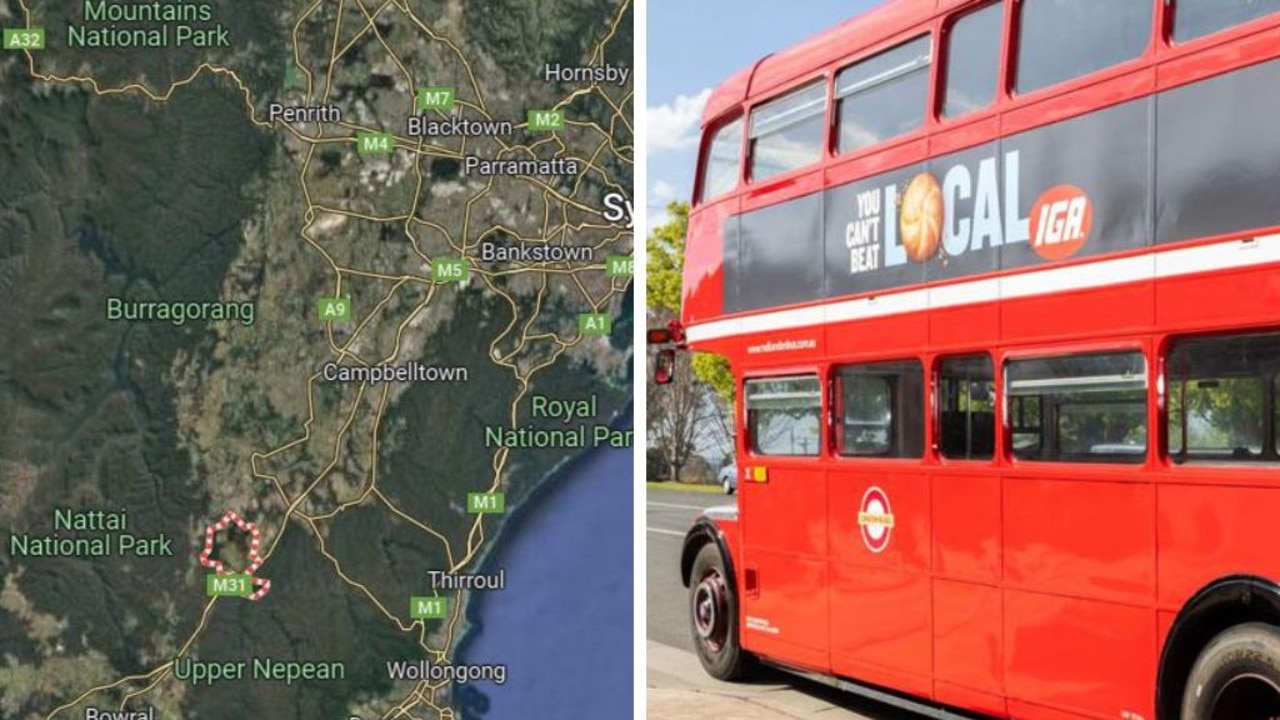Tamworth's sweet sounds of success
THE rural city that became the capital of Australian country music is set to party, reports Ray Chesterton on the Tamworth Country Music Festival.
TAMWORTH'S population of about 50,000 will more than double in the next 10 days as fans from around Australia gather for the Country Music Festival and to celebrate the Golden Guitar Awards given to the best performers of the year.
This year's festival kicks off today and runs until 27 January.
After 36 years of festivals, Tamworth and country music are inexorably linked. Along the way, the city has provided a showcase for the best of Australia's country music talent, such as Kasey Chambers, Keith Urban, Lee Kernaghan and the legendary Slim Dusty, to be seen by the rest of the world.
The origin of the country music festival was a response to the domination of television entertainment.
By the time TV came to Tamworth in April 1965 the new medium had already had an deleterious impact on cinema, radio and concert attendances in the big cities.
It had a similar effect in the country, but Tamworth station 2TM offered alternatives including a 30-minute evening program called Hoedown hosted by John Minson.
The country music show was a huge hit and was increased to an hour and eventually four hours.
The interest generated in country music spawned an association, the Modern Country Music Association (now defunct). In 1968 the MCMA held a talent contest on the Australia Day long weekend; it became the basis for a festival.
It was not the first innovation to come from Tamworth. In 1888 Tamworth was the first town in the southern hemisphere to have its streets lit by electricity.
Minson was a driving force in transforming Tamworth and its rich farming lands into a country music centre, along with other radio executives, including Max Ellis, who became a Tamworth Festival and Awards chief executive.
It was not always easy. In 1984, for instance, rain pelted the showground's indoor arena roof so heavily that no one could hear what was being said on stage.
Other presentations of the Golden Guitars took place in the town hall, high schools and, in 1991, at various sites around town.
The mobile presentation was a protest against the lack of a permanent home for the awards. The awards had had nine homes by then and fans and performers resented the uncertainty.
The popularity of the awards had grown to the stage where fans were clamouring for admission but limited seating at the venues meant it was not much better than an industry get-together.
An industry group was formed headed by Slim Dusty, his wife Joy McKean, John Williamson, Phil Matthews and Max Ellis.
Money-raising included a big-name concert at Tamworth Showground that drew 4000 spectators.
The protesters were rewarded by the building of the Tamworth Regional Entertainment Centre (TREC) in the late 1990s.
The awards night had been run by 2TM but when the artists formed the Country Music Association in 1991 they assumed responsibility for the presentation.
The multi-purpose entertainment centre is a long way from the humble beginnings of the Golden Guitar Awards in 1973.
Joy McKean received the first award for her classic Lights On The Hill, sung by her husband, the inimitable Slim Dusty. Throughout the following years, Slim went on to win 37 Golden Guitars; the most bestowed on any performer.
On January 26, more than 4000 people will fill TREC to see the Golden Guitars presented to the best performers in country music.
Hovering somewhere will be the ghosts of the great country music figures who kept the music going under extreme difficulties.
In the 1950s and '60s country music had no friends, especially among big-city radio stations. It was seen as hillbilly music and was washed away by the newly arrived sounds of rock'n'roll.
It was left to Slim Dusty and his wife Joy and other touring groups to battle their way over sand dunes, and unpaved roads in stifling temperatures to take their music to the Outback where it was popular.
Even though the tours would continue, Tamworth gave country music a foundation home. In the 1980s its influence became more widespread with innovative ideas designed to discover the best talent through talent shows.
The winners of the Starmaker Quest have included Lee Kernaghan, Beccy Cole, Gina Jeffreys and Keith Urban.
Other stars took a more colourful route to fate via busking along the famed Peel St that runs gun-barrel straight through the town centre.
Troy Cassar-Daley busked in shop doorways singing for cash from passers-by while hoping to attract record company interest.
"It was great fun," he says. "You played for as long as you could and hoped to earn enough to keep you going while you stayed in Tamworth. I look back now and realise I loved every minute of it."
Cassar-Daley is country music's equivalent of the showbusiness message to newcomers making their debut on the stage of: "You're going out there as an unknown but you're coming back a star."
In 1994, while busking, he caught the attention of a record executive. In 1996 he returned to Tamworth to receive the Golden Guitar as Male Vocalist Of The Year.
Kasey Chambers, now an Australian superstar in country and pop, busked on Peel St with her family band The Dead Ringers.
"I know I'll never forget those days," Chambers says. "They were really special."
A guest star with the Dead Ringers was often family friend Beccy Cole, now a superstar herself.
"It was a tremendous thrill," Cole says. "I owe Tamworth a lot."
People of all walks of life are drawn to Tamworth in January for the festival, including rugby league star Laurie Daley. It also provided the footballer with his most embarrassing moment.
Daley persuaded his mate Troy Cassar-Daley to sing a duet with him at a licenced club. They settled on a Slim Dusty classic Leave Him In The Longyard.
Daley waited patiently in the audience for his call to the mic and when it came he walked out and primed himself to sing. But nothing came out.
"I forgot the words," Daley says. "I couldn't think of anything."
For 10 days country music fans will sleep in motel beds, in tents, in billets, caravan parks and even their cars to be part of the scene.
They will generate good times, endless memories and, according to mayor James Treloar, pour as much as $40 million into the city's coffers.
"It's the biggest musical festival of its kind in Australia and one of the biggest in the world," Treloar says. "We're proud to have seen the festival grow the way it has and proud to be a part of it."



